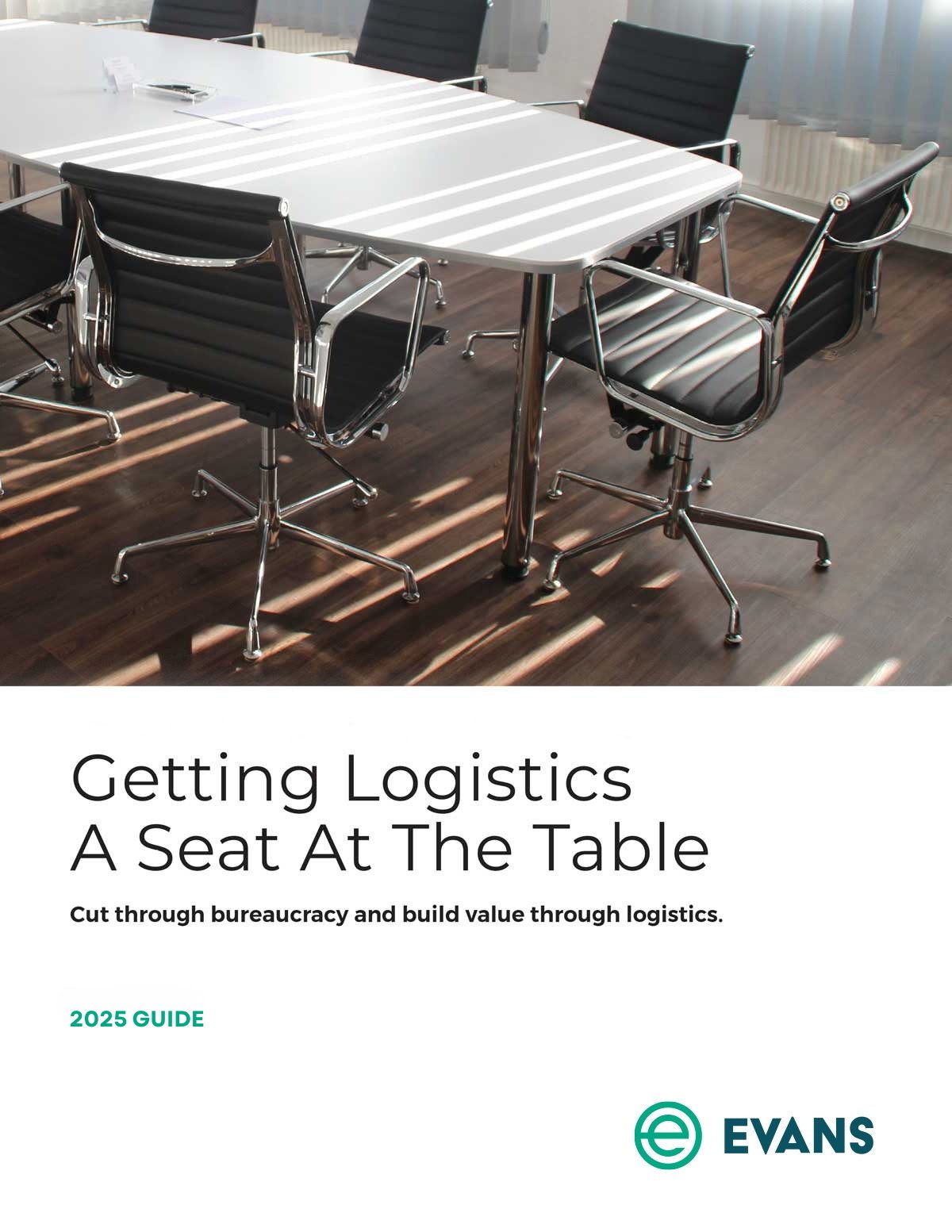A year after the groundbreaking merger, change is in the air.
The transportation industry has been watching Amazon’s distribution system closely since the online retailer acquired Whole Foods Market for $13.7 billion on June 16, 2017. The e-commerce giant has a history of turning entire sectors on their heads upon entrance. While disruption to the grocery sector has not happened in entirety yet, more changes are on the horizon.
Here’s a look at three significant impacts of Amazon's acquisition of Whole Foods on shipping and logistics and some ideas you may want to borrow from their approach.
3 impacts of Amazon's acquisition of Whole Foods
1. Flipping the last mile into the first mile… and cutting costs
The Amazon Effect has disrupted the status quo of both online and brick-and-mortar retailers. Now, with the acquisition of Whole Foods Market, Amazon is poised to disrupt last-mile delivery.
First and foremost, Amazon is a data company. It captures data on users and markets and uses it to optimize user experiences. One area where this is particularly relevant is last-mile delivery.
Amazon's acquisition of Whole Foods Market provides Amazon with a new stepping-stone in the supply chain. Instead of bringing goods to the customer’s doorstep, the last mile, Amazon has hundreds of user-friendly, easily accessible “warehouses” in the form of Whole Foods stores.
By leveraging brick-and-mortar stores, Amazon can turn the last mile into the first mile by taking deliveries to the store and using the store as a distribution center. This eliminates the need for new distribution points while reducing the cost and logistics of last-mile delivery — truly a disruptive move.
Will any cost savings that Amazon realizes here pass to Whole Foods shoppers? It remains to be seen. Whole Foods is a retailer known for higher-priced goods, whereas Amazon drives prices down. We will watch closely to see how these divergent business models affect each other going forward.
2. LTL capacity: More demand than ever
We all know that by optimizing your transportation, you can reduce your costs and become more competitive. Amazon has gobbled up LTL capacity and added pressure to a tight market that was already experiencing a lot of demand.
Interestingly, much like suppliers that set up near a manufacturing plant, this demand is motivating carriers to relocate closer to Amazon’s distribution facilities. As we’ve seen before, the Amazon Effect puts pressure on the whole supply chain to speed up and keep up with customer expectations.
Entering the food distribution market with Whole Foods and pulling carriers closer into its supply chain makes Amazon an even bigger power player in the LTL market. It’s more important than ever for shippers to find and lock in LTL capacity.

